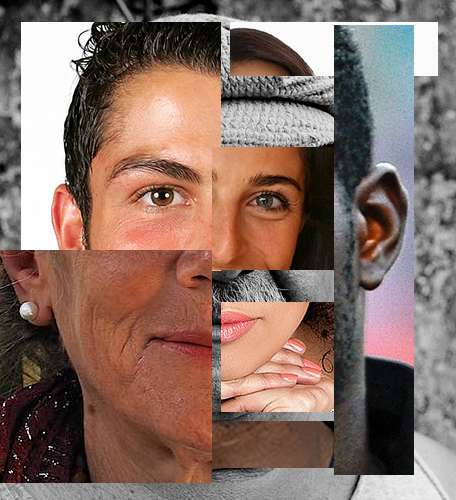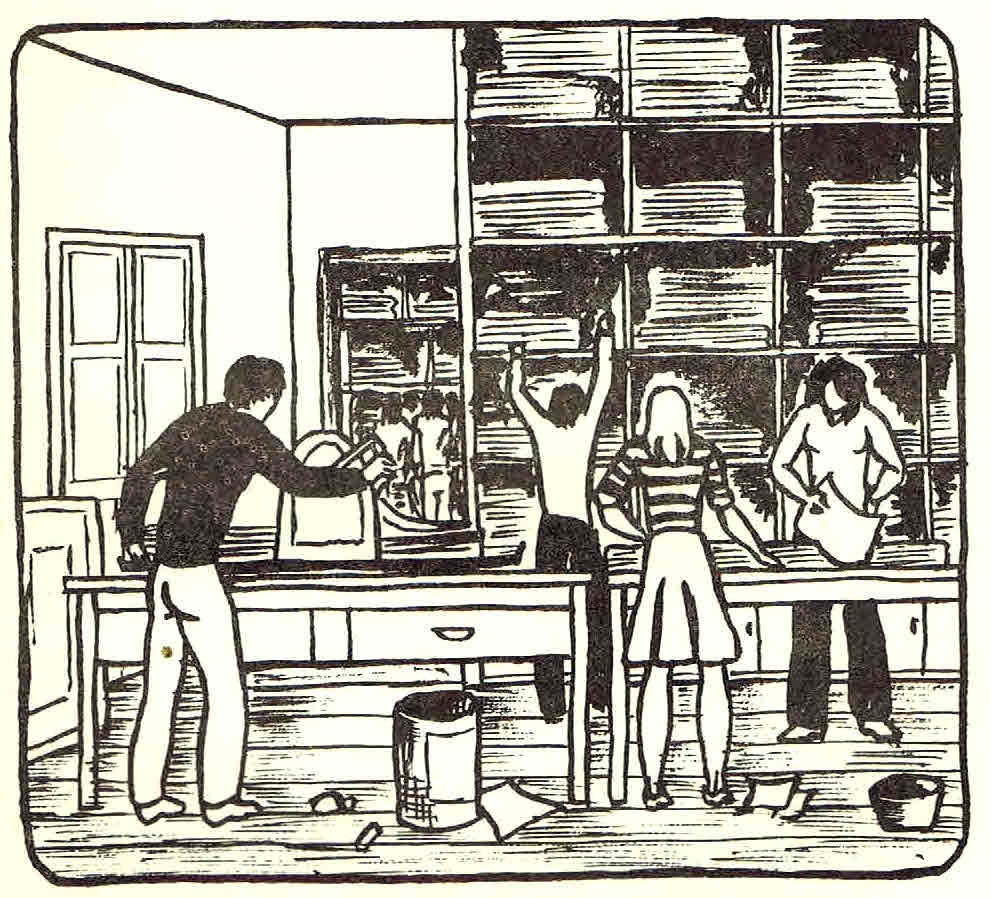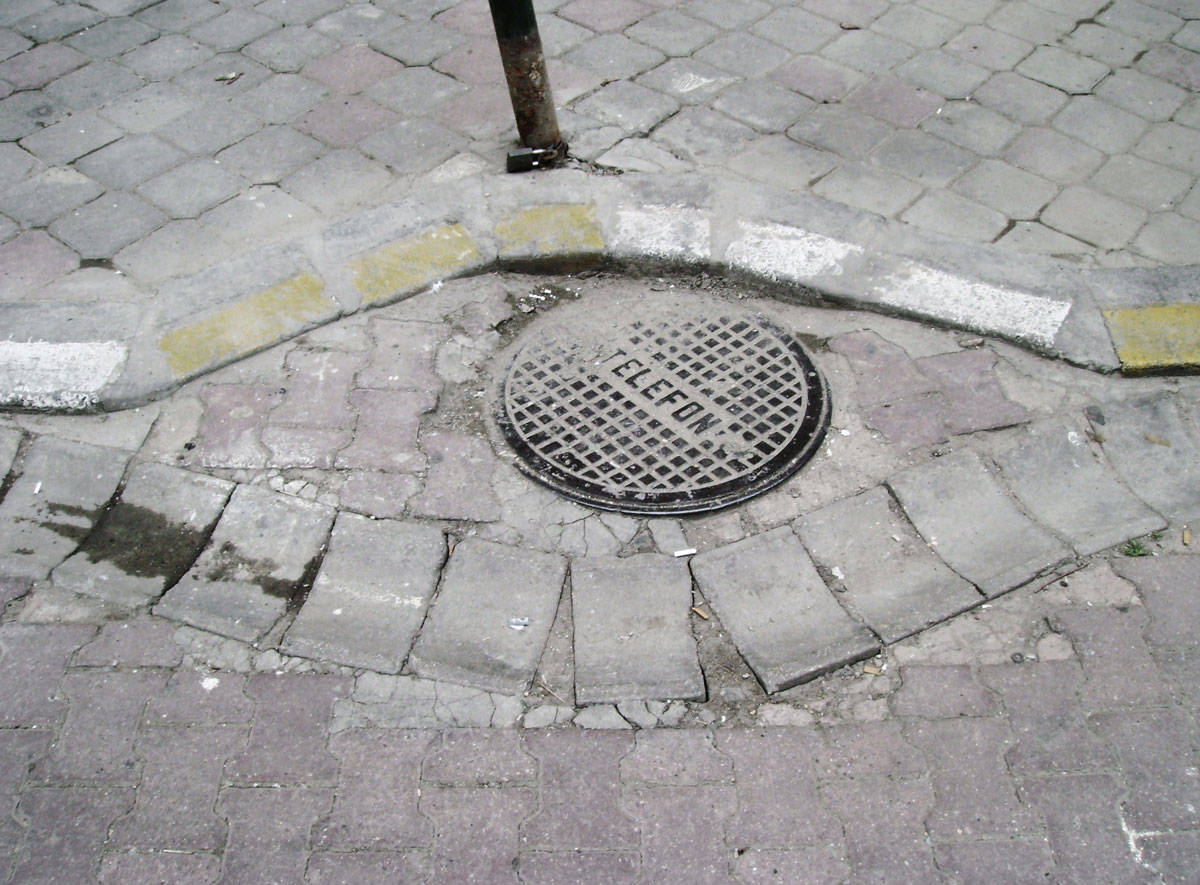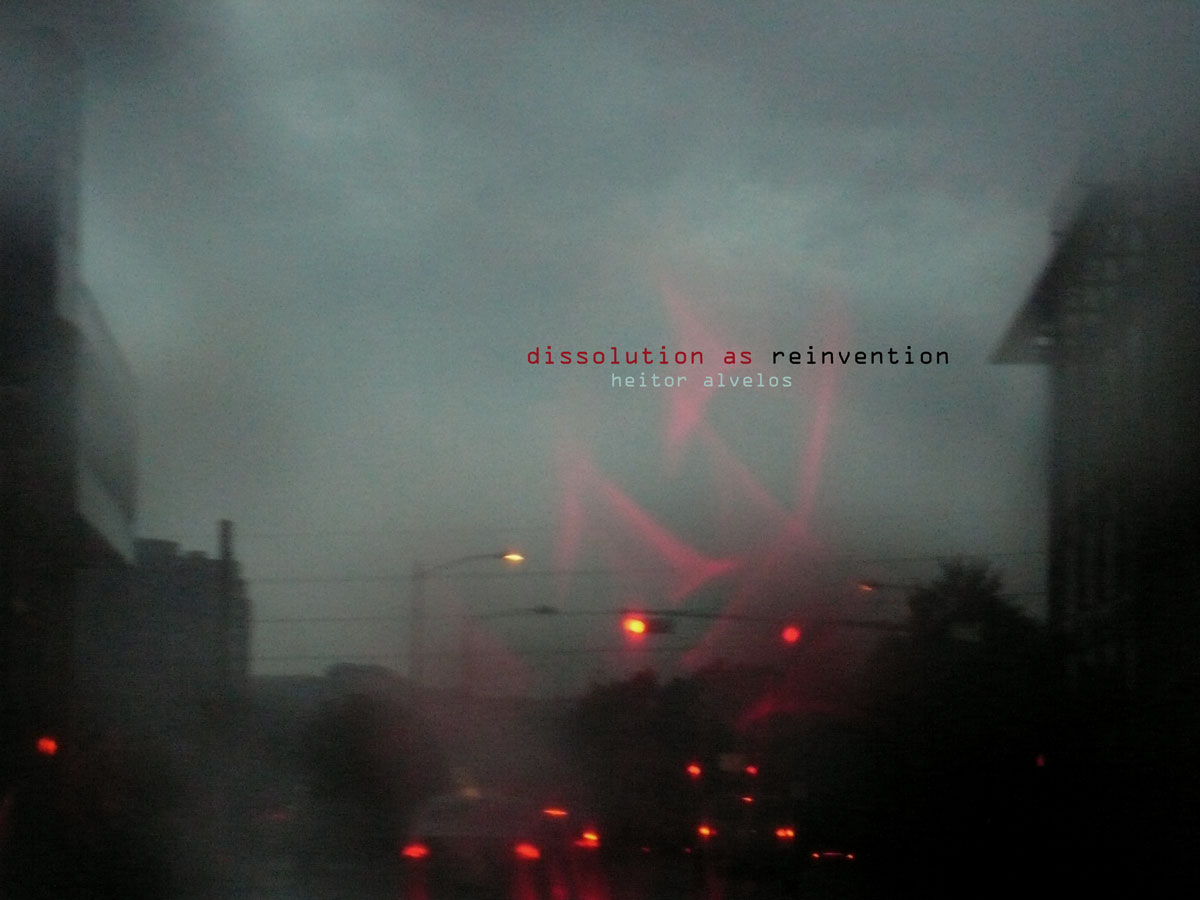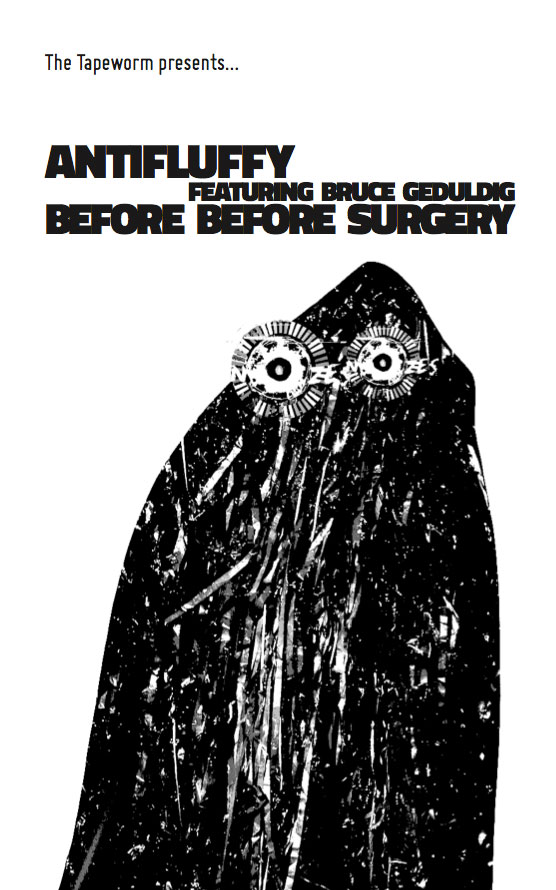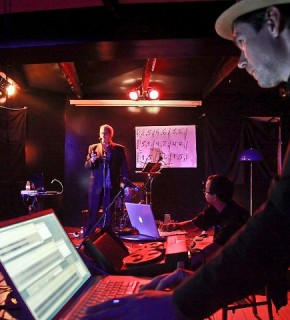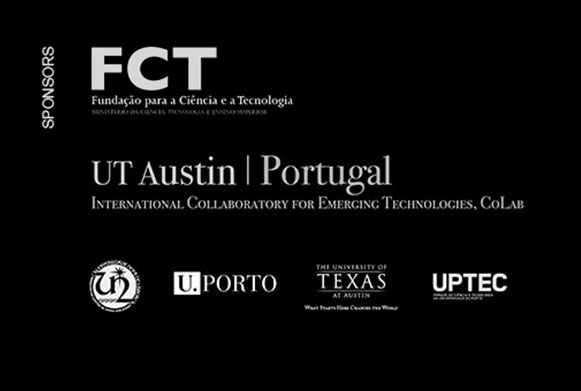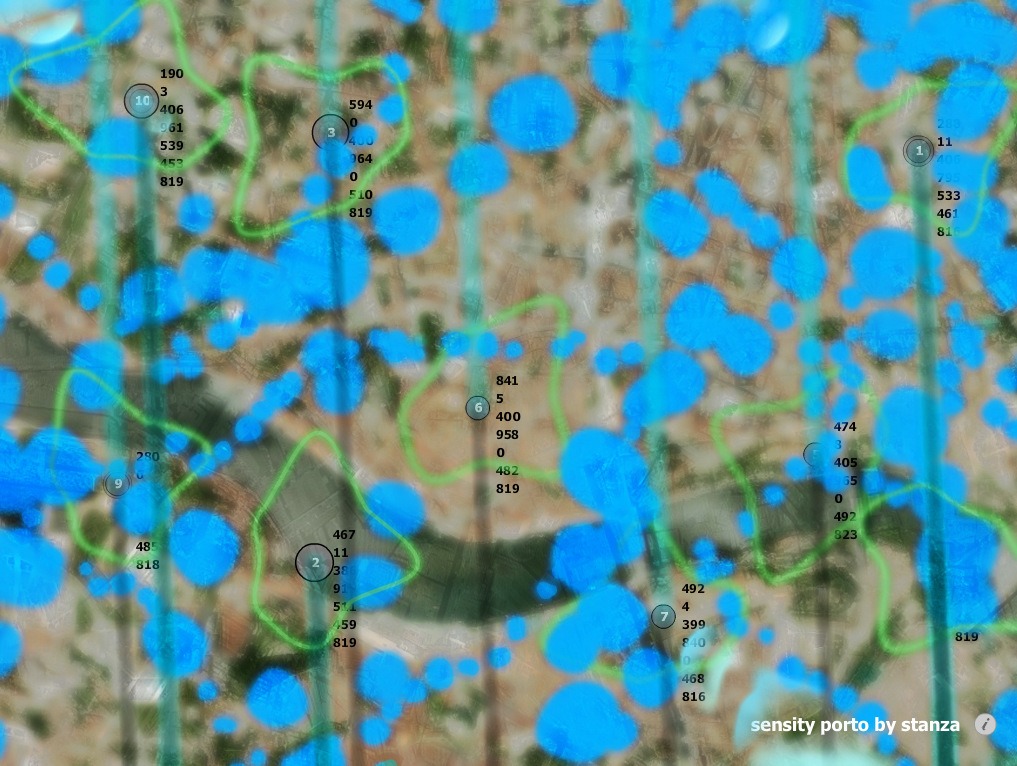
I was invited to go and talk and exhibit Sensity for Future Places 2010 in Portugal
Sensity.
http://www.stanza.co.uk/sensity/index.html

This artwork gathers data from the city (environment) this is then made virtual and then this virtual city is represented as a visualisation of the real time space. The real world is made virtual. This whole piece us a living and breathing artwork.
Sensing Porto senses the environment to make live visualisation and sonification of the city of Porto. Made using custom made sensors to measure, light, noise, sound, humidity, and temperature; this data is turned into a real time visualisation of the space which was exhibited.
The sensors where laid out across the city to take a snapshot of one day in the life of the city. The project focuses on the micro-incidents of change, the vibrations and sounds of the environment using wireless sensor based technologies. We understand the 20thc in terms of atoms, molecules and gases that move. Our world is now a world of numbers and changing data and information. This art work manipulates these numbers from the real world.
Sensity artworks are made from the data that is collected across the urban and environment infrastructure. The sensors interpret the micro-data of the interactive city. The output from the sensors display the “emotional” state of the city online in real time and the information is also used to create offline installations and sculptural artworks.
The sensor networks can be moved from urban to rural setting, ( ie they are mobile) and different types of visualization can be made depending on the environment. Sensity is an open social sculpture that informs the world and creates new meaningful experiences. The interactions of all this data, controlled via bespoke interfaces re-form and re-contextualise experiences in real time.
The mother of big brother.
Imagine walking out the door, and knowing every single action, movement, sound, micro movement, pulse, and thread of information is being tracked, monitored, stored, analyzed, interpreted, and logged. The world we will live in seems to be a much bigger brother than the Orwellian vision, its the mother of big brother.
Can we use new technologies to imagine a world where we are liberated and empowered, where finally all of the technology becomes more than gimmick and starts to actually work for us or are these technologies going to control us, separate us, divide us, create more borders. Will the securitzation of city space create digital borders that monitor our movement and charge us for our own micro movements inside the system.
My wireless sensor network is set up to visualize cities as ‘worlds’ full of data, a city of bits. These new data-spaces can help us understand the fundamentals of our outside environment. Can we use technology to liberate and empower.
Future Art

This work has led to capacities (http://www.stanza.co.uk/capacities/index.html) where the whole gallery space becomes one large artwork made from real time city information and data. The aesthetic and feel of the space looks like an electronic city. The city is made of units, grids, repetition , building blocks. In the gallery city called ‘Capacities’ the leads, the wires,and cables are incorporated into the artwork to look like a city map.’ Capacities’ looks “designed” like a piece of urban design, a city surveyed and controlled. The whole space becomes a map to wander through.
Here are two more works using live real time data.
Sonicity http://www.stanza.co.uk/sonicity/index.html
Sonicity is a responsive installation, a sonification of the real space and environment. The sounds you hear are the sounds of the changing environment, ie the changes of noise, light, temperature of the space is turned into a real time sound stream using dozens of wireless sensors presented as an installation on 170 speakers. This artwork focuses on the real time space and the experience of the gallery visitor as they interact with the space, using data gathered from these new technologies.
data data data http://www.stanza.co.uk/data/index.html
This artwork is networked, its real time, and its takes data from a wireless sensor network that is placed in the real space. The old world of modernism was a world of fluids and gases atoms and molecules. This world is now a world of numbers. As we move about our interactivity affects the environment and this change is captured by a wireless sensor network. By embedding the sensors like this we can re-engage with the urban fabric.
Future Places. What and where are the future places.
The patterns we make, the forces we weave, are all being networked into retrievable data structures that can be re-imagined and sourced for information. These patterns all disclose new ways of seeing the world. The value of information will be a new currency as powers change. The central issue that will develop will be the privilege and access to these data sources. Uses of this information and data should allow rich new interpretations on the way our world is built, used, and designed.
So we need to imagine the city at a different scale. There is possibility is to extend our imagination and enable that perception of the city as a dynamic network. We can now put systems in place that can re–employ our perception and thus create new understanding of how this behaviour unfolds.
I believe there is a new social space that exists in between these independent networks. Future cities will be merged into real time connected up data cities. A connection of networks of real time information flows. The results created will lead mashed up cities and real time performative city experiences this conclusion although speculative led from earlier trails using wireless sensors in a project called Sensity
I am interested in how this shared data space can overlap creating a new space in between which only two nodes or spaces share. For example in one of my artistic experiments I have merged collected data from various real time cities to visualise this new space, the space where the cities overlap and which allude to a new architectural and urban virtual space. Uses of such information might allow rich new interpretative visualisations about the way our world is built, used, and designed.
Underpinning these artworks and research, are a whole series of potential problems about observation, surveillance, and the ethics of the control space. Imagine walking out the door, and knowing every single action, movement, sound, micro movement, pulse, and thread of information is being tracked, monitored, stored, analyzed, interpreted and logged. The world we will live in seems to be a much bigger brother than the Orwellian vision, it’s the mother of big brother.
Can we use new technologies to imagine a world where we are liberated and empowered, where finally all of the technology becomes more than gimmick and starts to actually work for us or are these technologies going to control up, separate us, divide us, create more borders. Will the securitization of city space create digital borders that monitor our movement and charge us for our own micro movements inside the system?
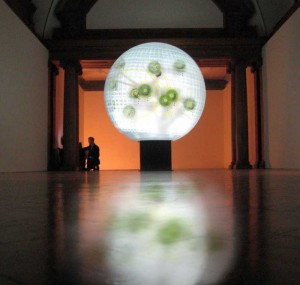
About the artist Stanza.
Stanza is an internationally recognised artist, who has been exhibiting worldwide since 1984. His artworks have won prestigious painting prizes and ten first prize art awards including:- Vidalife 6.0 First Prize. SeNef Grand Prix. Videobrasil First Prize. Stanzas art has also been rewarded with a prestigious Nesta Dreamtime Award, an Arts Humanities Creative Fellowship and a Clarks bursary award.
His artworks have been exhibited globally with over fifty exhibitions in the last five years including:- Venice Biennale: Victoria Albert Museum: Tate Britain: Mundo Urbano Madrid: New Forest Pavilion Artsway: State Museum, Novorsibirsk. Biennale of Sydney, Museo Tamayo Arte Contemporáneo Mexico: Plymouth Arts Centre: ICA London: Sao Paulo Biennale:
Stanza is an expert in arts technology, CCTV, online networks, touch screens, environmental sensors, and interactive artworks. Recurring themes throughout his career include, the urban landscape, surveillance culture and alienation in the city.
Stanza researches data within cities and how this can be represented, visualized and interpreted as artworks. Data from security tracking, traffic, and environmental monitoring can has been used to make artworks. These investigations have created new ways of comparing, conceptualizing and then visualizing complex concepts related to the relationship of emergent data and real space in the built environment.
Selected Exhibitions
La Biennale di Venezia ie Venice Biennale: Victoria Albert Museum: Tate Britain: Mundo Urbano Madrid: New Forest Pavilion Artsway: State Museum, Novorsibirsk Exhibition. Biennale of Sydney, The Brisbane Room: Museo Tamayo Arte Contemporáneo Mexico: Plymouth Arts Centre: ICA London: Sao Paulo Biennale:
Awards
AHRC Creative fellowship 2006 – 2009:
NESTA Dreamtime Award 2004:
Clark Digital Bursary 2003:
Arts Council award for Soundtoys project 2003:
D.T.I. Innovation Award 1997:
Prizes Stanza has won.
AOF Nova Prize Norway 2010:
Videoformes Multimedia First prize France: 2005
Art In Motion V. First prize USA: 2004
Vidalife 6.0 first prize: 2003
Fififestival Grand Prize France 2003
New Voices Competition winner of the at Digifest:2003
New Forms Net Art First Prize Canada: 2003
Fluxus Online first prize Brasi: 2002
SeNef Online Grand Prix Korea: 2002
www.stanza.co.uk

